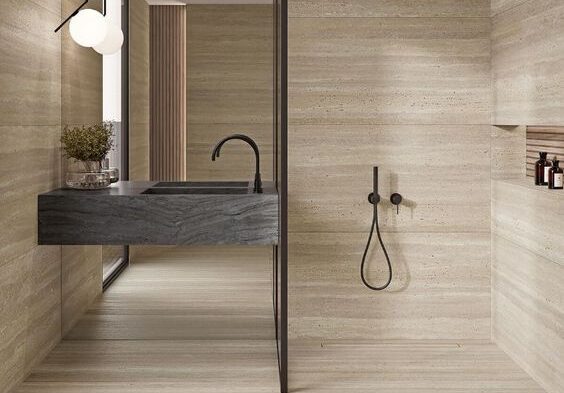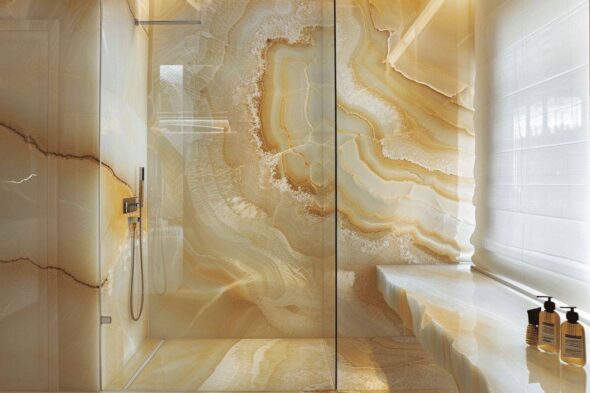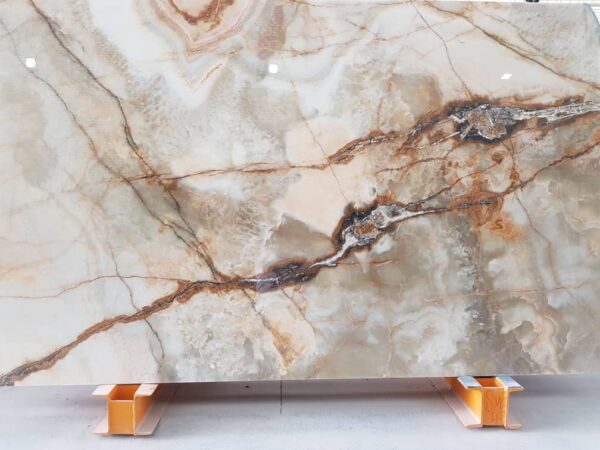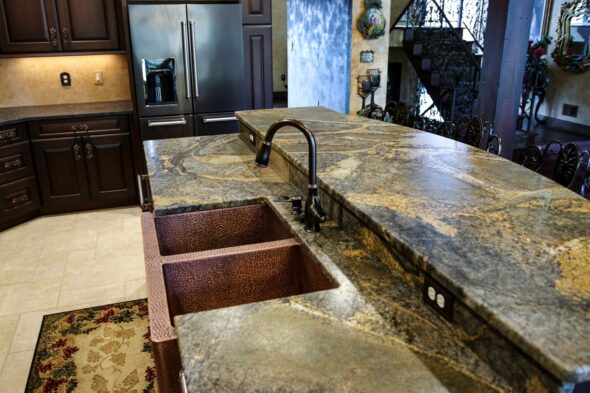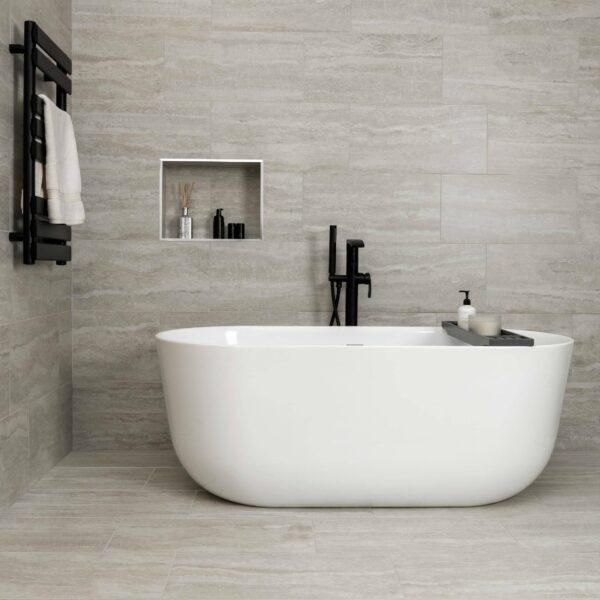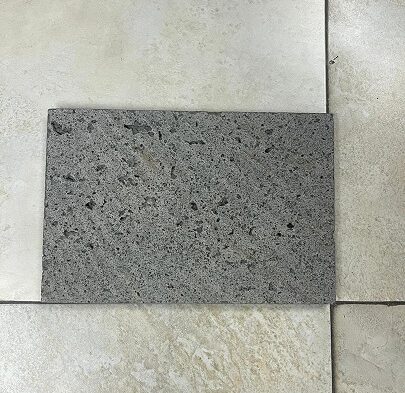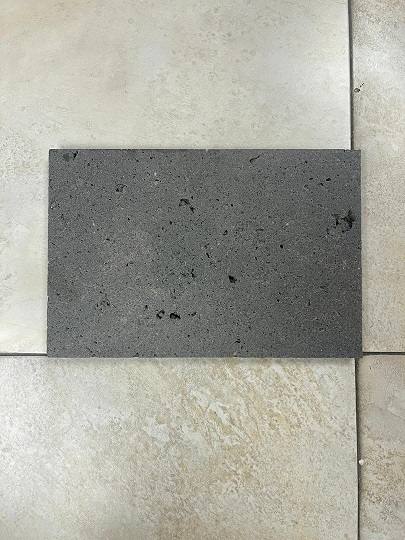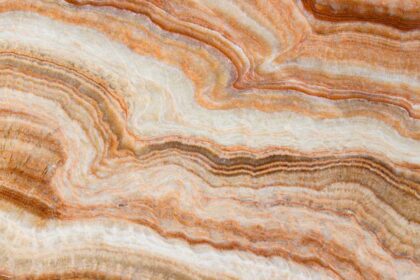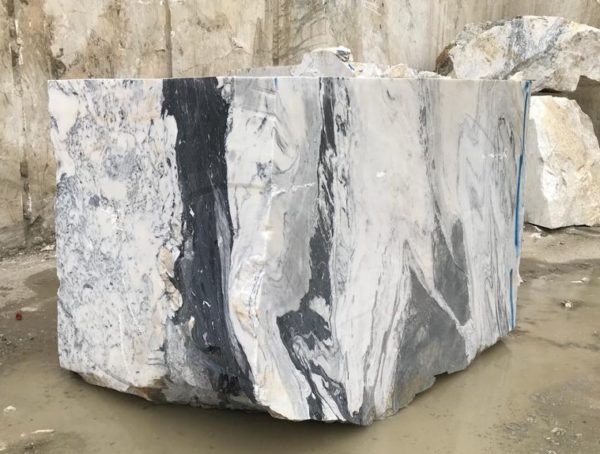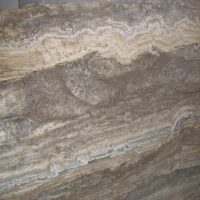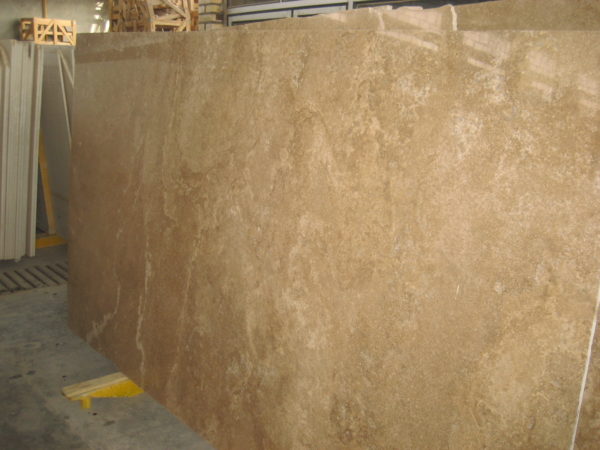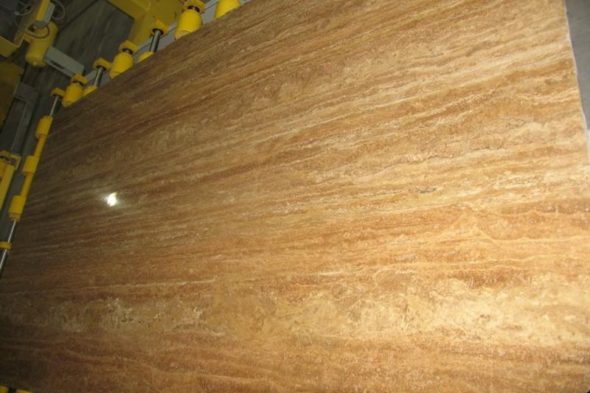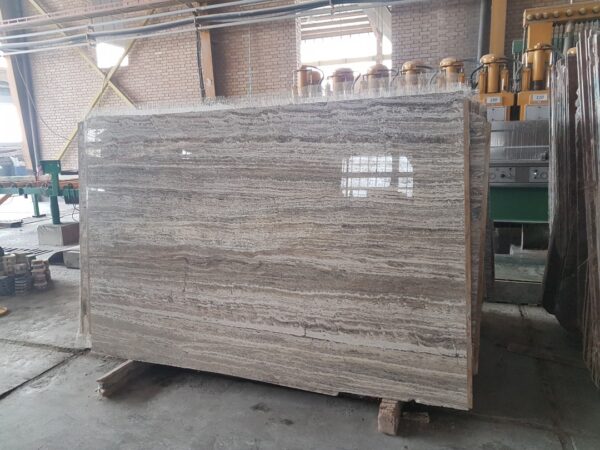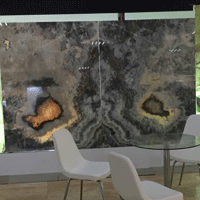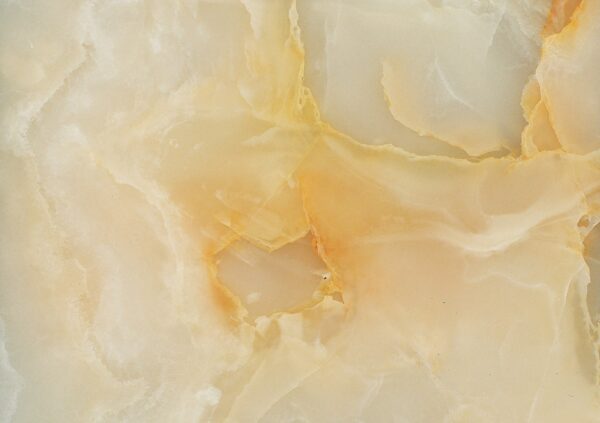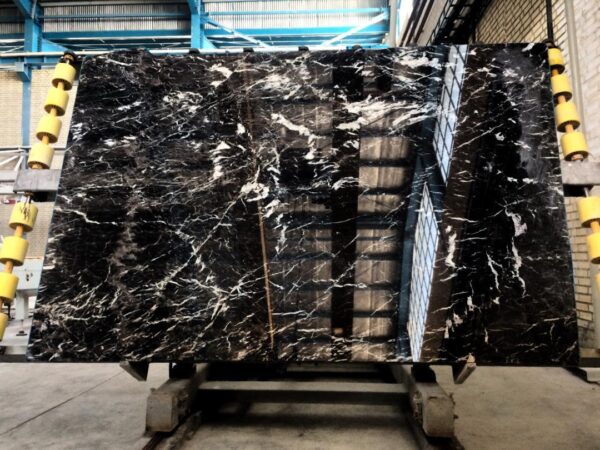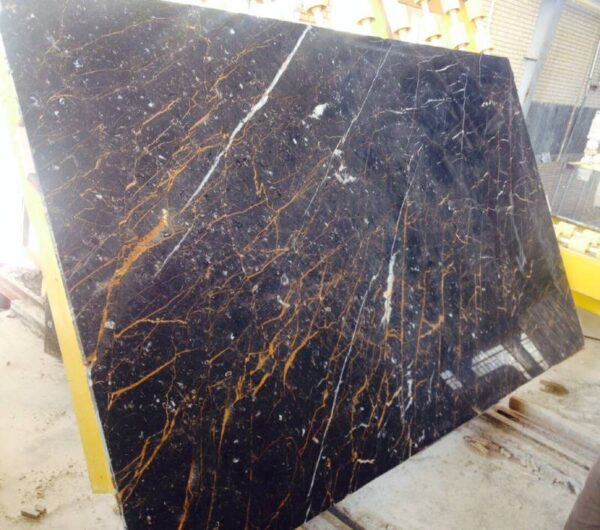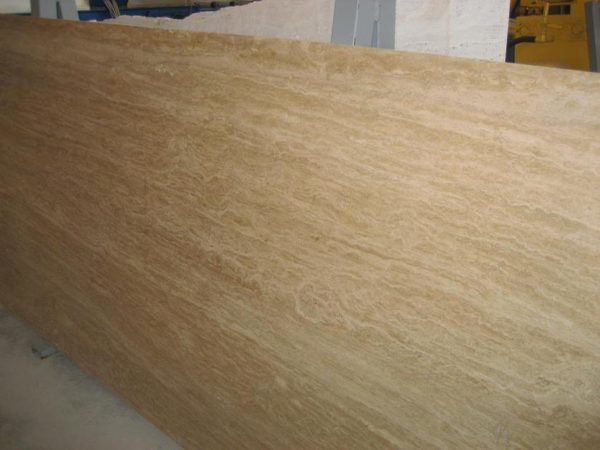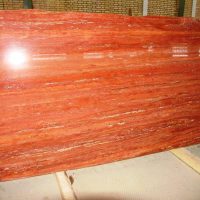When it comes to home design in Germany, stone is a popular material due to its durability, aesthetic appeal, and versatility. Whether it’s used for flooring, countertops, facades, or decorative elements, stones like granite, limestone, and sandstone dominate the German home design market. In this article, we’ll explore the most commonly used stones in German home design and why they are the preferred choice for homeowners and designers.


Why Stone is Popular in German Home Design
Stone has long been associated with both beauty and function in architecture. In Germany, where historical and modern design elements blend seamlessly, stone offers a timeless appeal. Here are a few reasons why stone is highly favored for home design in Germany:
- Durability: Stones are highly durable and long-lasting, making them ideal for both structural and decorative uses.
- Aesthetic Value: Stones come in a variety of textures and colors, offering homeowners a wide range of design possibilities.
- Sustainability: As a natural material, stone is environmentally friendly and contributes to sustainable building practices.
The Most Popular Stones Used in Home Design in Germany
Several types of stone are commonly used in Germany for both interior and exterior design. Below, we highlight the top stones that dominate the German home design landscape:
1. Granite: The Durable and Elegant Choice
Granite is one of the most popular stones used in German homes, especially for countertops, flooring, and facades. Known for its exceptional strength and resistance to wear and tear, granite is perfect for high-traffic areas like kitchens and entryways. It’s also highly heat and scratch-resistant, making it an excellent option for countertops.
- Why Granite? Its elegant look, durability, and variety of colors make it a top choice in German home design.
2. Limestone: A Versatile and Timeless Stone
Limestone is widely used in both interior and exterior applications in German homes. Its light color and natural texture give it a warm, rustic charm, which works well in contemporary and traditional designs alike. Whether used for wall cladding, flooring, or garden paths, limestone adds a natural elegance to any space.
- Why Limestone? Its softness allows for easier cutting, making it versatile for a range of home design elements.
3. Sandstone: Natural Warmth with a Rustic Appeal
Sandstone is another popular choice for home design in Germany. With its range of warm colors and unique textures, it is often used for facades, garden walls, and even fireplaces. Sandstone can help create a warm and welcoming atmosphere, both inside and outside the home, making it ideal for traditional-style homes.
- Why Sandstone? Its rich color variations and texture bring a natural, earthy feel to any design.
How to Choose the Right Stone for Your Home in Germany
Choosing the right stone for your home in Germany depends on several factors, such as the intended application, your aesthetic preferences, and the climate. It’s essential to consider the stone’s durability, color, and texture to ensure it complements the overall design of your home. Consulting with a professional designer or contractor can help you make an informed decision based on your specific needs.
Conclusion: Embrace Stone for Timeless Home Design in Germany
Incorporating stone into your home design can significantly enhance its beauty, functionality, and longevity. Whether you opt for granite for its durability, limestone for its versatility, or sandstone for its rustic charm, these stones will ensure your home stands the test of time. Explore the best stones for your home design in Germany and create a space that is both beautiful and lasting.
https://www.rockstone.biz/basalt-for-home-designing/

